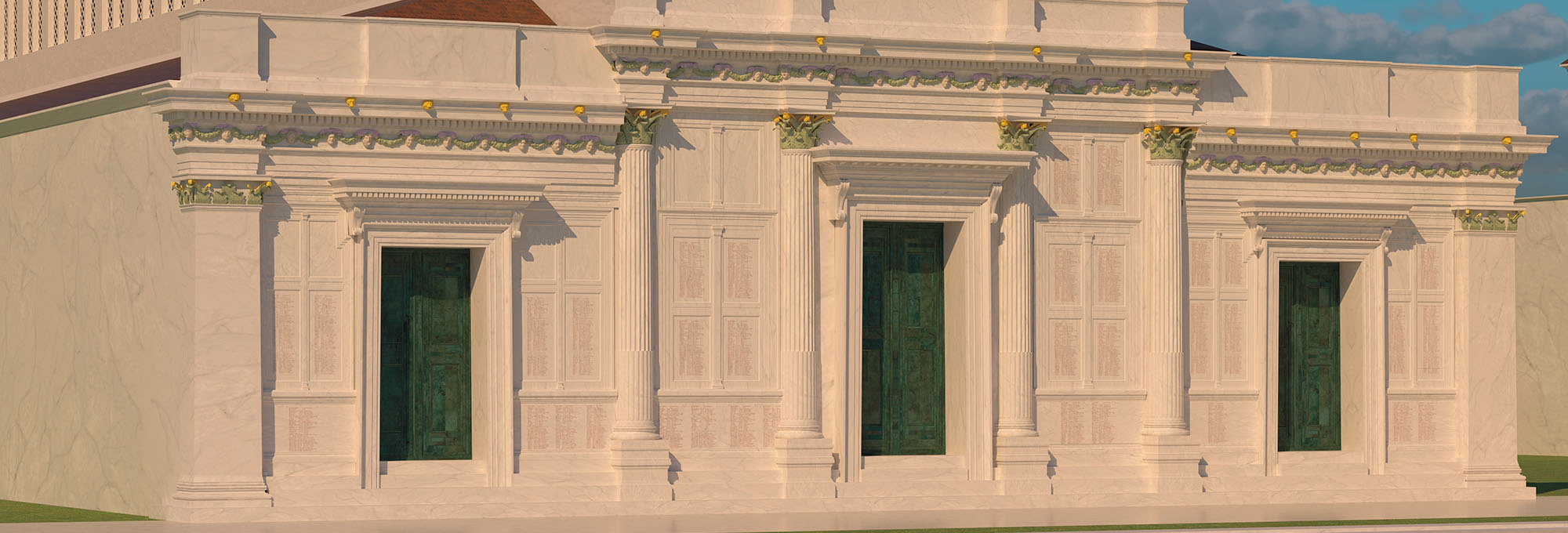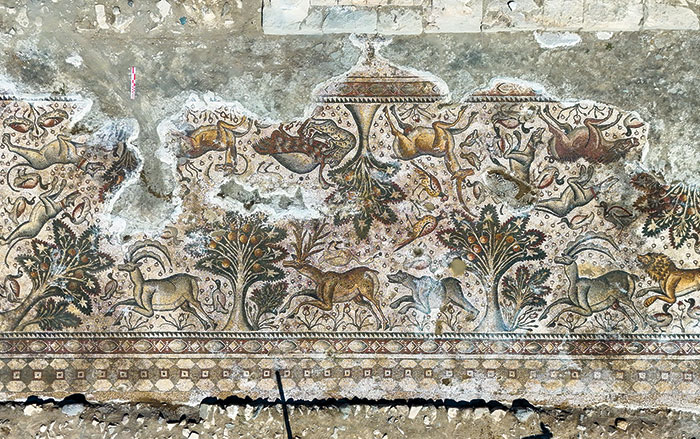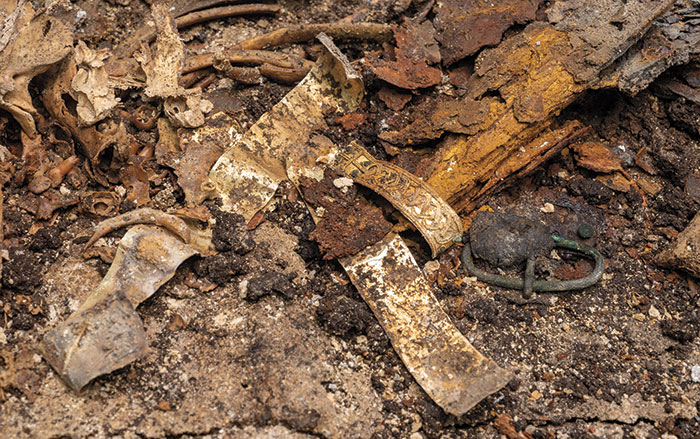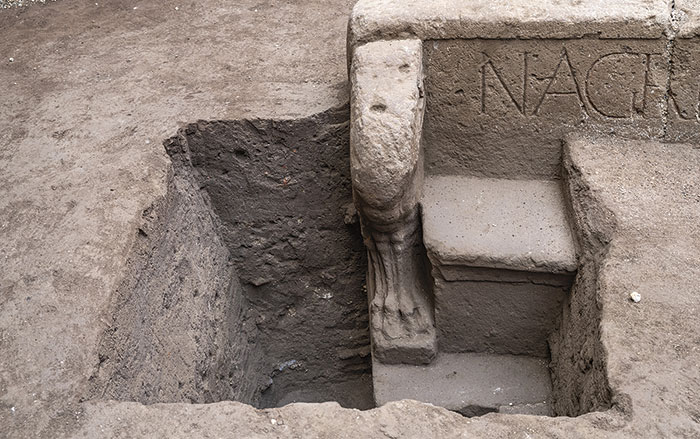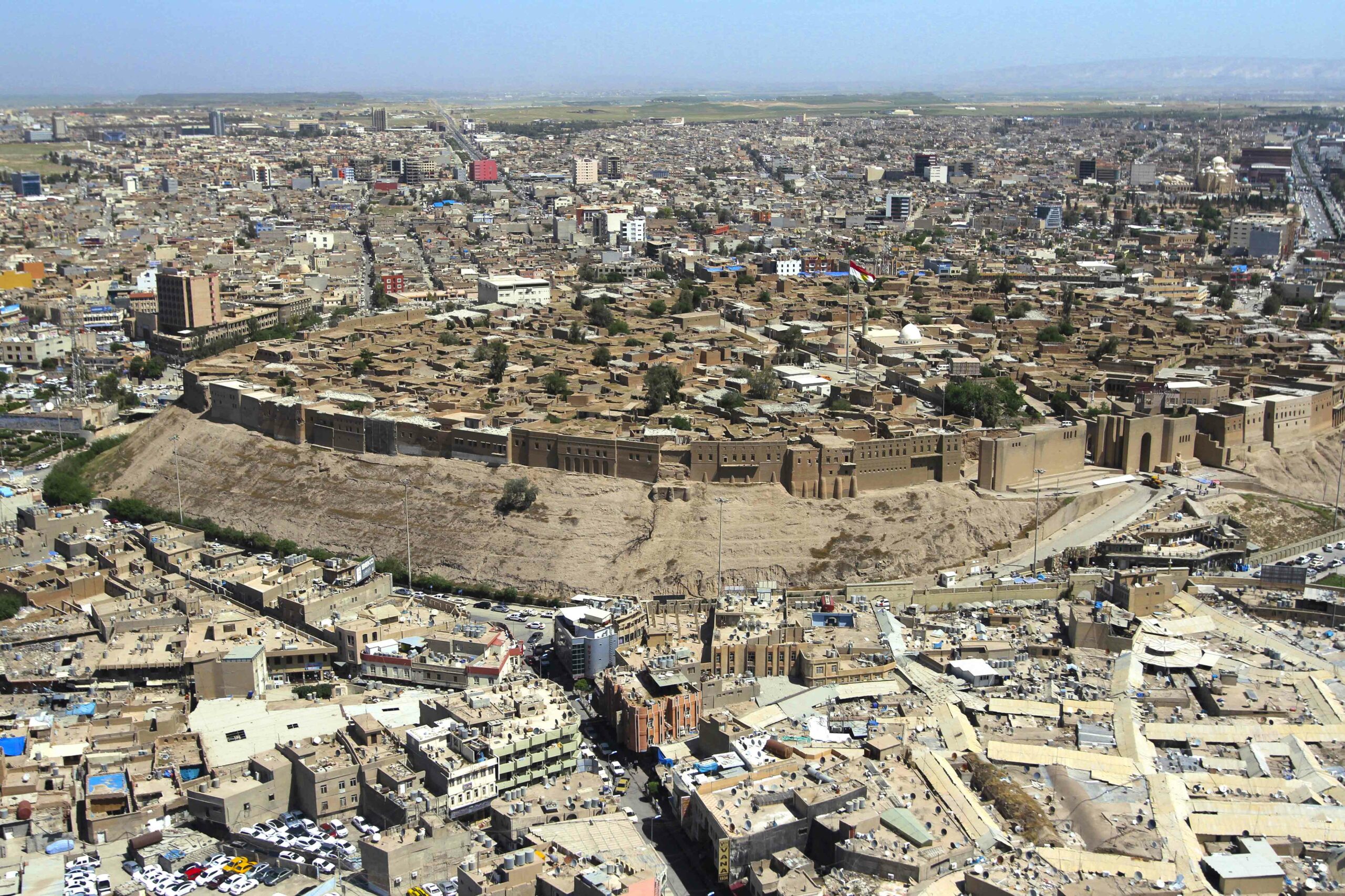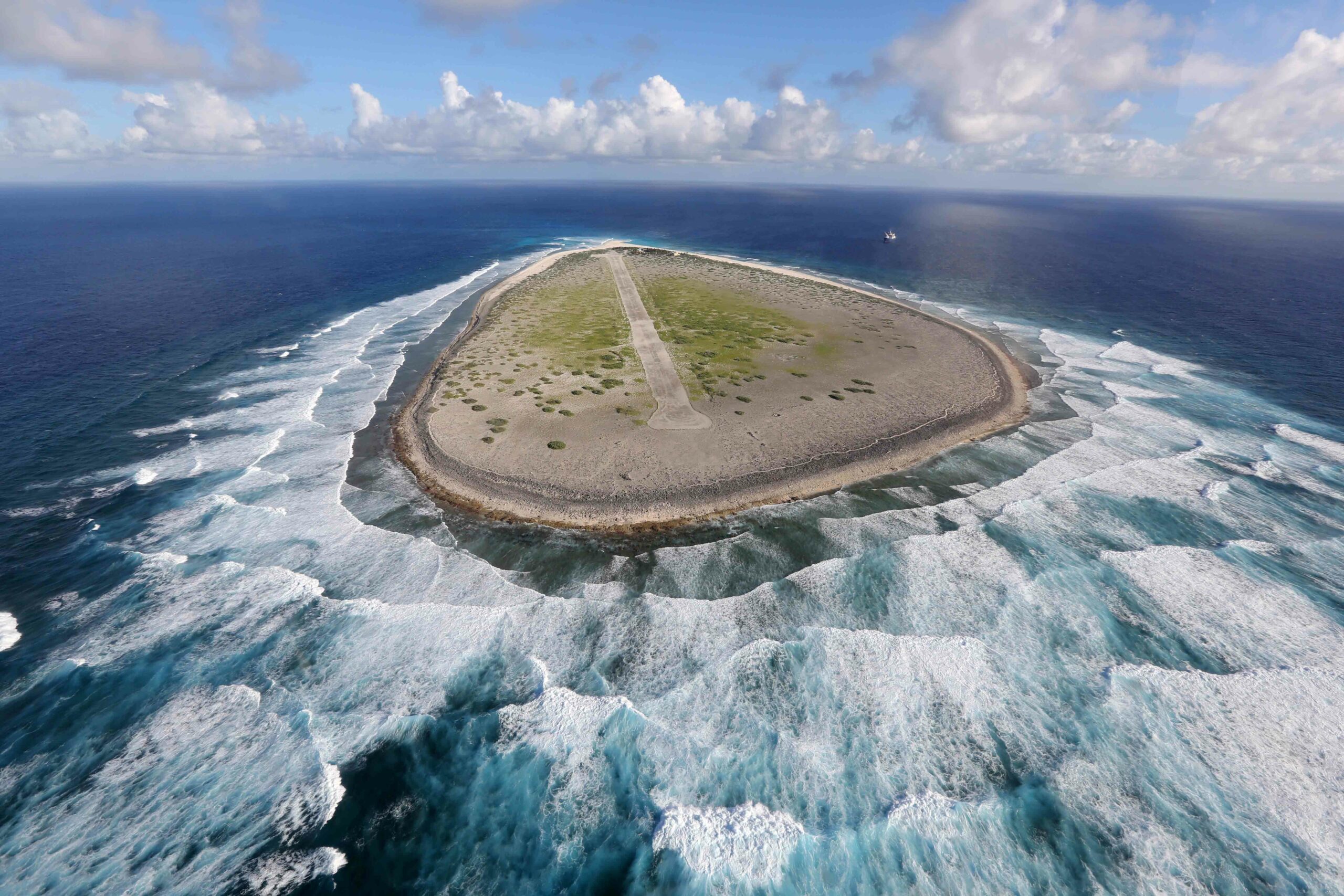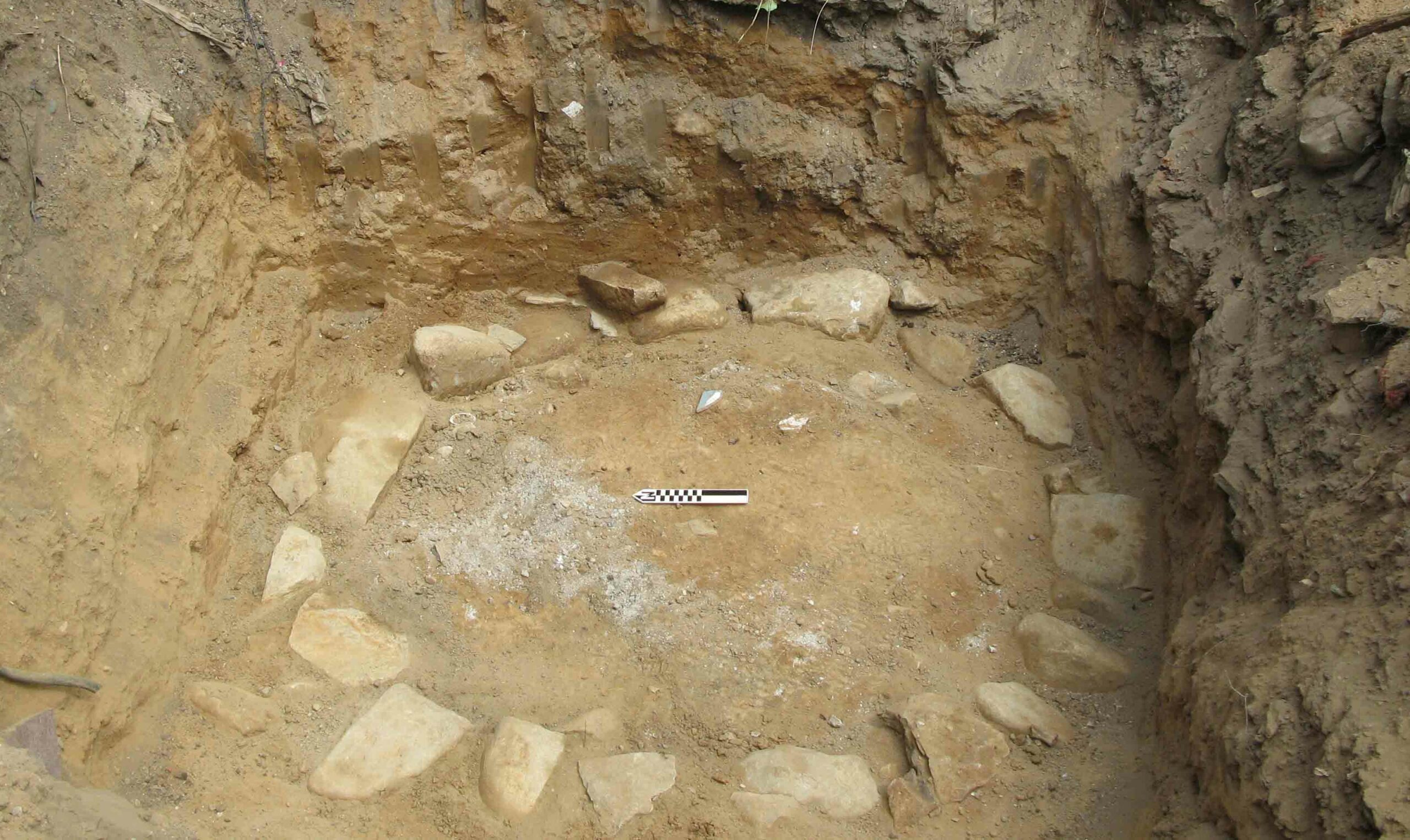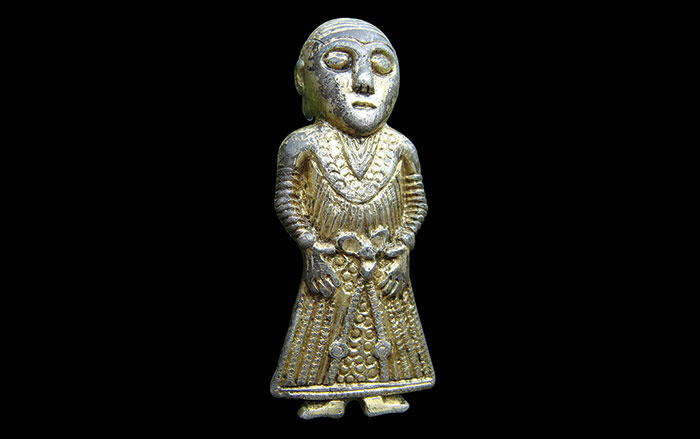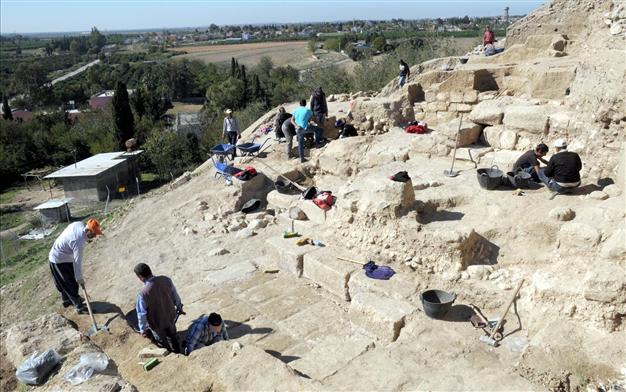
MISIS, TURKEY—An enduring history is being revealed in southern Turkey at the ancient site of Misis, reports Hurriet Daily News. Located on the Silk Road, Misis was first settled some time in the fifth millennium B.C. during the Neolithic period, and, according to Giovanni Salmeri of Pisa University, who is leading the excavations, has been host to various civilizations including Chalcolithic, Hittite, Roman, and Byzantine settlements over its millennia-long history. Thus far Salmeri’s team has uncovered innumerable artifacts and impressive examples of monumental architecture—including a stone bridge, aqueduct, a city bath, tombs, and a Byzantine caravanserai—some of which were decorated with mosaics. The excavated material from Misis will be housed in the Misis Mosaic Museum along with a large mosaic that was discovered when the first digs were undertaken by German archaeologists on the 1950s. To read more about Turkey's fantastic Roman mosaics, go to "Zeugma After the Flood."


